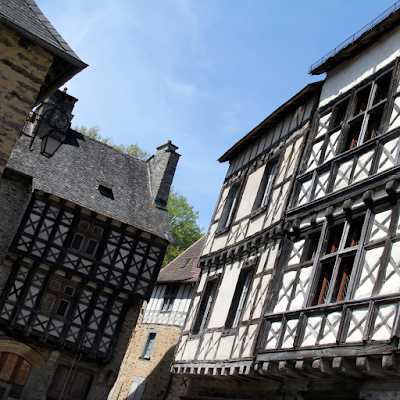 |
|
Located
in a loop of the Auvézère.
|
 |
| Beautiful group of 15th century half-timbered houses. |
 |
| Restauration during the off-season. |
 |
| Map of Ségur-le-Château. |
 |
| Alley taking you up to the Saint Anne well. |
 |
| Bridge next to the watermill. |
At La Min-sú de Terrasson, we assist travellers to organise itineraries, offering multi-language guidance to non-driving guests to savour the best of our castle-strewn riverlands and mesmerising prehistoric cave paintings. We offer you access to capture this rich cultural and historical heritage.
Our website: www.laminsudeterrasson.com
 |
|
Located
in a loop of the Auvézère.
|
 |
| Beautiful group of 15th century half-timbered houses. |
 |
| Restauration during the off-season. |
 |
| Map of Ségur-le-Château. |
 |
| Alley taking you up to the Saint Anne well. |
 |
| Bridge next to the watermill. |
The posters,bookmarks and leaflets were reprinted, the stickers had a whiff of ‘country’ this year. ‘ Ce qui nous unit tous les cinq n’est...

No comments:
Post a Comment